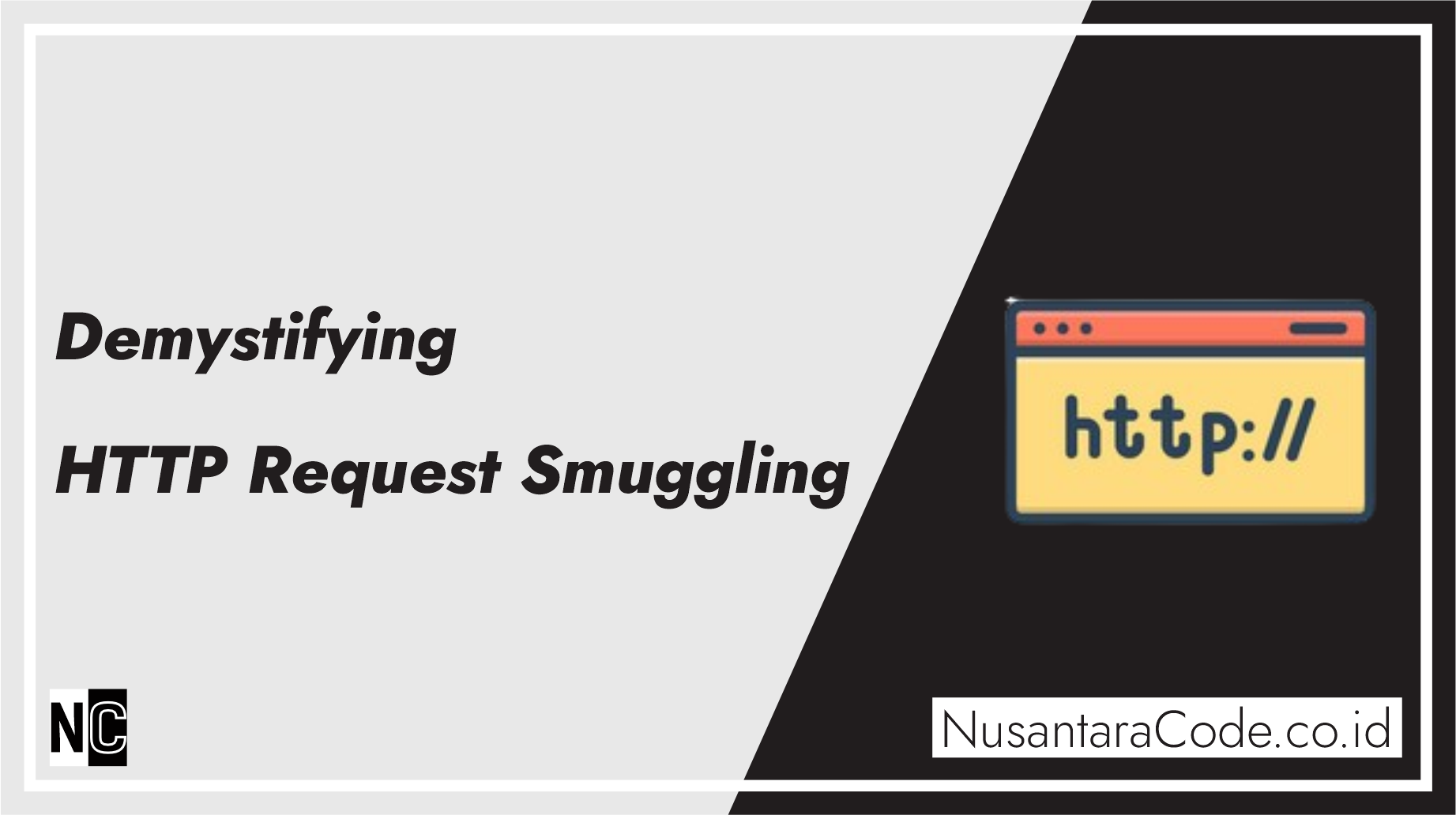HTTP Request Smuggling is a sophisticated and relatively uncommon form of attack that can have severe consequences if left unaddressed. In this article, we’ll explore what HTTP Request Smuggling is, how it works, its potential risks, and strategies for mitigating this security threat.
What is HTTP Request Smuggling?
HTTP Request Smuggling is a web security vulnerability that arises due to discrepancies in how different web servers and proxies handle and interpret HTTP requests. It occurs when an attacker exploits these discrepancies to trick the front-end proxy or server into forwarding a malicious request to the back-end server, while the front-end interprets it differently.
The attack is typically hidden within the HTTP headers and can lead to various security issues, including session fixation, data leakage, and cache poisoning.
How Does HTTP Request Smuggling Work?
HTTP Request Smuggling works by manipulating the discrepancies in how requests are processed by intermediary systems. Here’s a simplified breakdown of how an attack might take place:
- The attacker sends an HTTP request that is ambiguous in its structure.
- The front-end proxy and the back-end server interpret the request differently.
- The front-end proxy processes the request one way, while the back-end server processes it differently.
- This discrepancy can lead to a situation where the request appears legitimate to the front-end proxy but contains malicious content that the back-end server processes.
Risks Associated with HTTP Request Smuggling
HTTP Request Smuggling can lead to several security risks:
- Session Fixation: Attackers can hijack user sessions, gaining unauthorized access to sensitive data.
- Data Leakage: Attackers may access sensitive information due to the misinterpretation of requests.
- Cache Poisoning: Improper handling of requests can lead to the poisoning of caches, serving malicious content to users.
- Security Bypass: Attackers can bypass security mechanisms in place.
Mitigation Strategies
Preventing HTTP Request Smuggling requires a combination of front-end and back-end defenses:
- Consistent Configuration: Ensure that both front-end proxies and back-end servers have consistent configurations for interpreting requests.
- Request Validation: Implement strong request validation mechanisms to identify and block ambiguous or malicious requests.
- Security Headers: Use security headers such as “Content-Length” and “Transfer-Encoding” to mitigate potential attacks.
- WAF (Web Application Firewall): Employ a WAF that can detect and block suspicious traffic.
- Security Testing: Regularly test your web applications and infrastructure for vulnerabilities, including HTTP Request Smuggling.
- Patch and Update: Keep all software, including web servers and proxies, up to date to minimize vulnerabilities.
HTTP Request Smuggling is a complex and potentially dangerous security vulnerability that requires careful attention and mitigation efforts. By understanding the attack’s mechanics and taking proactive steps to secure your systems, you can significantly reduce the risks associated with this type of threat. Regular security testing and staying informed about emerging attack techniques are crucial for maintaining a robust defense against HTTP Request Smuggling and other web-based threats.
